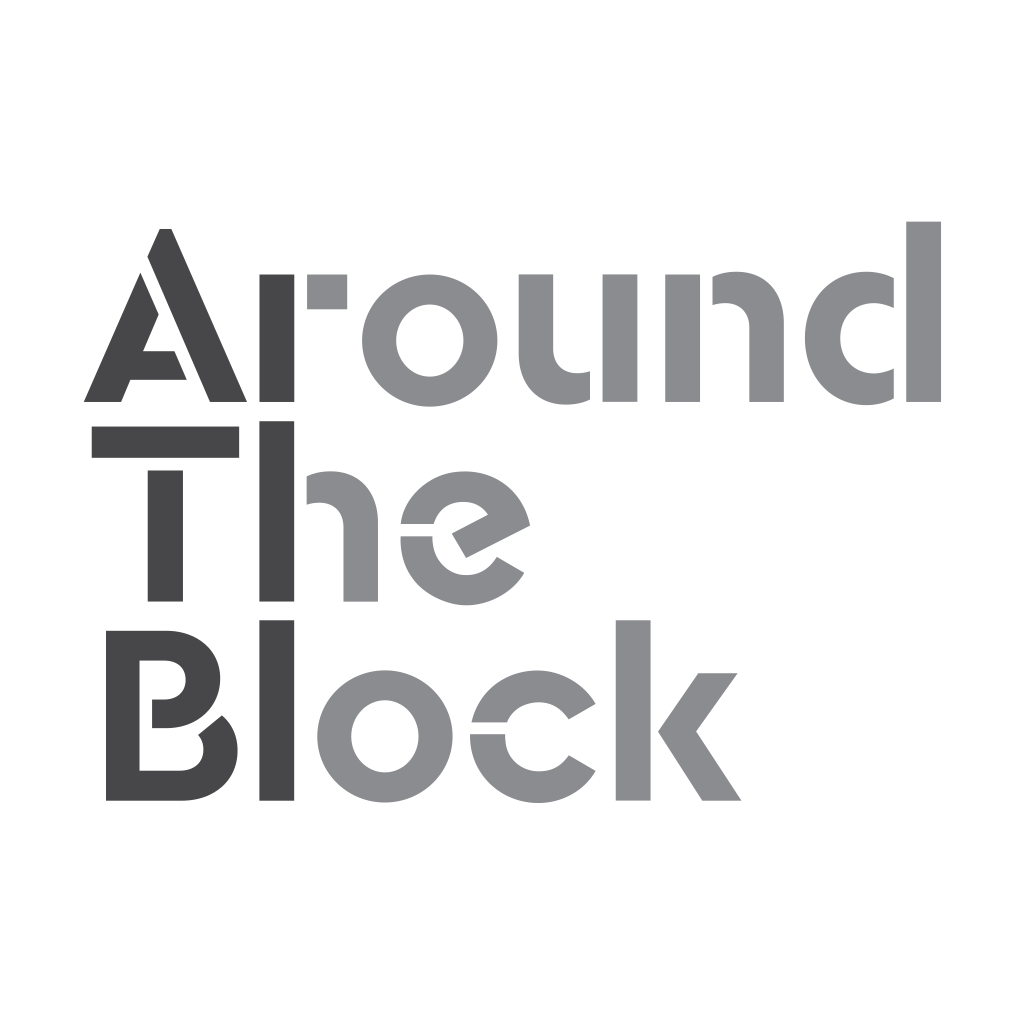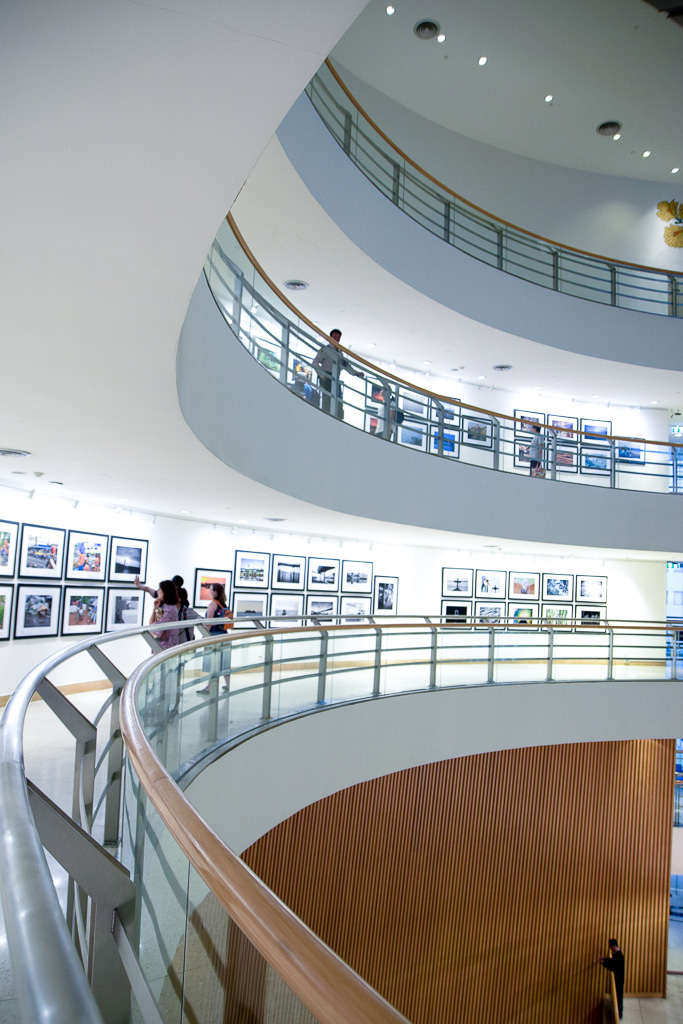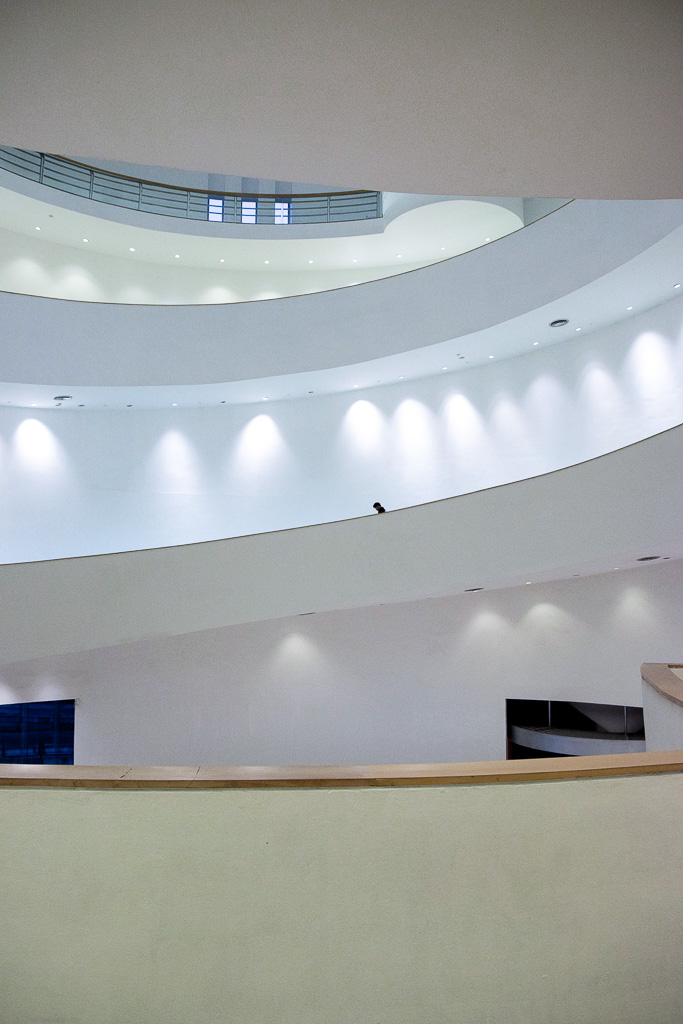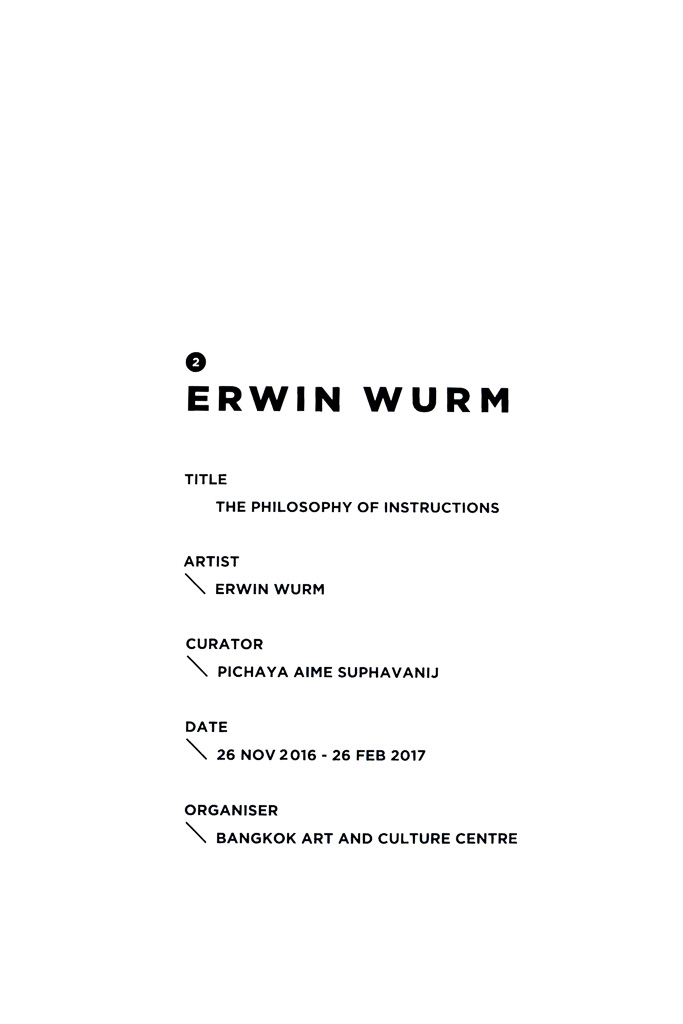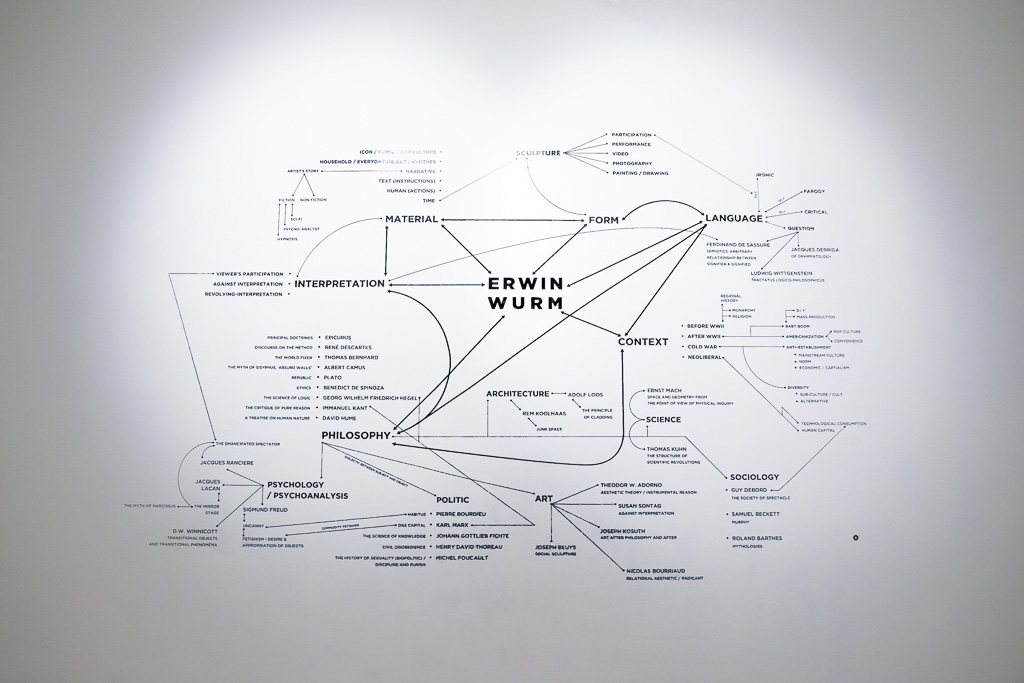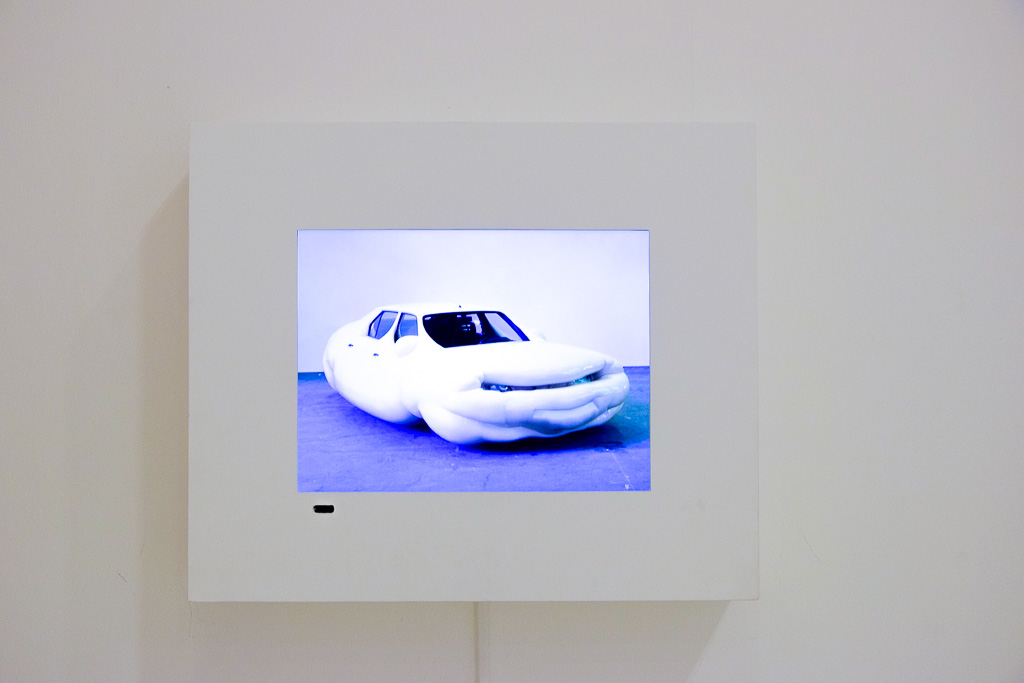On The Walls - Following Erwin Wurm
Late last February, our Executive Producer and Chief Editor, ADAM JEFFERY, took a trip up north to the metropolitan city of Bangkok, Thailand to relax, unwind, and get the lay of the local art scene. Catching the tail end of an exhibition at the Bangkok Art and Culture Centre, he managed to take a gander at the Erwin Wurm exhibition, aptly named ‘The Philosophy of Instructions’, curated by Pichaya Aime Suphavanij. The exhibition ran from 26 November 2016 to 26 February 2017.
Amidst the chaos of writing, producing, recruiting, and all the other things that keeps new media company up and running, I took comfort in the fact that I had a partner and a brilliant team of content creators to keep things in tiptop form while I escaped away to mix business and pleasure while exploring the creative scene up north in Bangkok. Now, it’s not as though Around The Block (ATB) has exhausted the local pool of creative talent to feature, but a change of pace and a breath of fresh air was sorely needed to inject some new life into our work.
This was far from my first trip to Bangkok. I was there before in September 2016, and had had the opportunity to visit the Bangkok Art and Culture Centre then as well. Alas, a public holiday prevented me from thoroughly indulging in my more fanciful whims, forcing me to spend more time in shiny air-conditioned malls rather than the hallowed halls of art. Of course, that’s not to say that homegrown retail stores and local fashion brands can’t be a well of overflowing creativity. You can tell a lot about a city from their shopping malls: the crossroads of capitalism, community, art, and culture. And Bangkok seems to have just the right mix of soft powers embedded into a modern city of mega malls and watering holes for the hipsters at heart.
In any case, I made sure that my trip this time included a revisit to the Bangkok Art and Culture Centre. Cutting it a little close, I arrived at the centre exactly one hour before closing time and made my way straight up to the top floor where a number of exhibitions were being held. The one that captured my attention the most was that of Erwin Wurm’s ‘The Philosophy of Instruction’, curated by Pichiya Aime Suphavanij.
Born in 1954, Erwin Wurm is a multidisciplinary artist from Austria whose works focus on life in the present day with humor, absurdity, and at times, seriousness. His works often utilise a wide array of mediums from photography, videography, words, sculpture, and performance. His latest exhibition, ‘The Philosophy of Instruction’, depicts the thought process and philosophical inquiries Wurm has, focusing on concepts such as ethics, aesthetics, civil disobedience, interpretation, and the like. Clearly, Wurm is very much a scholar of philosophy as he is an artist.
This stream of conscious inquiry continued with his most popular interactive display, titled “One Minute Sculptures”. In this intriguing display, ephemeral living sculptures were formed by having visitors take part in the actual creation of the sculpture piece as indicated by instructions provided by Wurm. Looking at interactions of man and society, the conversation of his display changed with the constant ebb and flow of visitors.
The exhibition space began with a cylindrical wall with photographs of Wurm, his works, and the many individuals featured in his art. If that wasn’t overwhelming enough, as I squinted at each image, I noticed that they were curiously laid out. From the highest ceilings to the walls, the curator set up a spider web of the many concepts, philosophers, and thinkers that has helped to shape Wurm’s work. I could scarcely count them all: Benedict De Spinoza’s thoughts on ethics, Theoder W. Adorno’s theory on aesthetics, poet Rainer Maria Rilke’s Sonnets to Orpheus… then on to Plato’s ‘Republic’, Karl Marx’s Das Kapital – the list seemed endless.
The point? It takes a well-organised and laid out infograph to enforce the idea that artists aren’t merely individuals whose works populate the walls of your office space, but thinkers themselves. They observe, analyse, theorise, and concentrate their thoughts on a canvas of their choosing. That being said, what exactly is Wurm trying to discuss in his works? And, by extension, what is Suphavanij’s aim in this curation?
‘The Philosophy of Instructions’ was an exhibition that showcased Erwin Wurm’s famous “One Minute Sculptures” along with some of his other works, such as photography and video art (see photos). The ephemeral sculptures were set on white pedestals spread throughout a fairly spacious room with a pink wall as a backdrop. An electrical wire dangled precariously from the ceiling downwards with a dim yellow lamp below. A couple of luxurious red chairs sat atop a pedestal on one while a wardrobe stood rigidly on another. All of them showcased a degree of being used and abused, indicating their constant birth and destruction from one participant to another. In order for this exhibition to be curated with works of art, it required two key components: audience participation and the instruction to their creation (much like the instruction, though largely ignored, that comes with each impulsive IKEA purchase).
I volunteered myself to be a part of the artwork, if only to get my chance at being put on a pedestal. From browsing through drawers for a sponge, to placing my head on a pedestal steeped with the grease and oil of the many who have come before me I started to wonder: why am I doing yoga on a couch with so many bystanders? What are instructions? Why do we need to follow them at all?
As I view it, these instructions that allow for form and action to become art is much like the rules and laws that govern a nation and social objects… things that require social ‘intervention’ to exist. In a world full of chaos and infinite variables, rules, written or otherwise, allow us to create order (or perhaps, the illusion of it) and meaning.
Many people believe that freedom means less restrictions and the ability to be this, that, or whatever in between. However, in this version of freedom, nothing would stop us from stepping on people’s toes to satisfy each individual’s needs and wants! Even in a world in which we destroy the so-called instructions that bind us, it is important to remember that within each action, conversation, and interaction, there are social rules woven into them.
Don’t believe me? Then ask yourself, why do we sit on chairs in a restaurant? Why do we not, instead, kneel or stand? Why do we take turns in conversation? How can we trust that we can get everyday necessities with pieces of paper? These are not laws set up by organisations but rules, nonetheless, created, maintained and repaired through situated social practices between acting members of that exact moment, much like the interaction between the objects placed on the pedestal, the artist (through his instruction), and the audience.
We visit, we participate, and we create art. We’ve created, we move on, and we destroy art. Though the sculpture was destroyed, the form remains because a conversation continues long after it has been destroyed. One can think that these instructions are “rules” that one ought to follow in the strictest sense, but they can also be viewed as a conversation between the artist and the participant. Yes, if you misinterpret the instructions a group of guards will rush in and fix it (as I’ve learnt when a fellow gallery hopper took out a drawer and placed it on top of the wardrobe due to a misinterpretation of what the artist had meant) but I believe the guards are merely representing Wurm’s attempt to fix the conversational breakdown. Even when a participant is no longer in the conversation the things they have said and done will continue to influence situated practices.
Erwin Wurm’s “One Minute Sculptures” is a visual essay on the creation of social objects, freedom, and mutual cooperation. ‘The Philosophy of Instruction’ is not about the necessities of rigid rules and strict punishments, but the freedom each of us attains when we come together in mutual cooperation for the creation of social objects with fairness and justice. Each sculpture has a general form but various nuances make it different in each museum and with each participant. Race, gender, physical attributes, ideology, social roles, fashion sense, sexual orientation, history and so on and so forth will alter these sculptures but, more importantly, they are inconsequential to the creation of art.
And that is what it truly means to be democratic, modern, and free.
